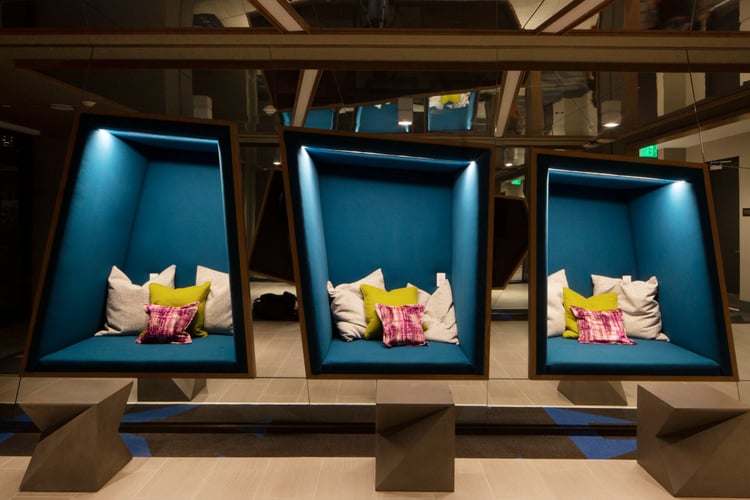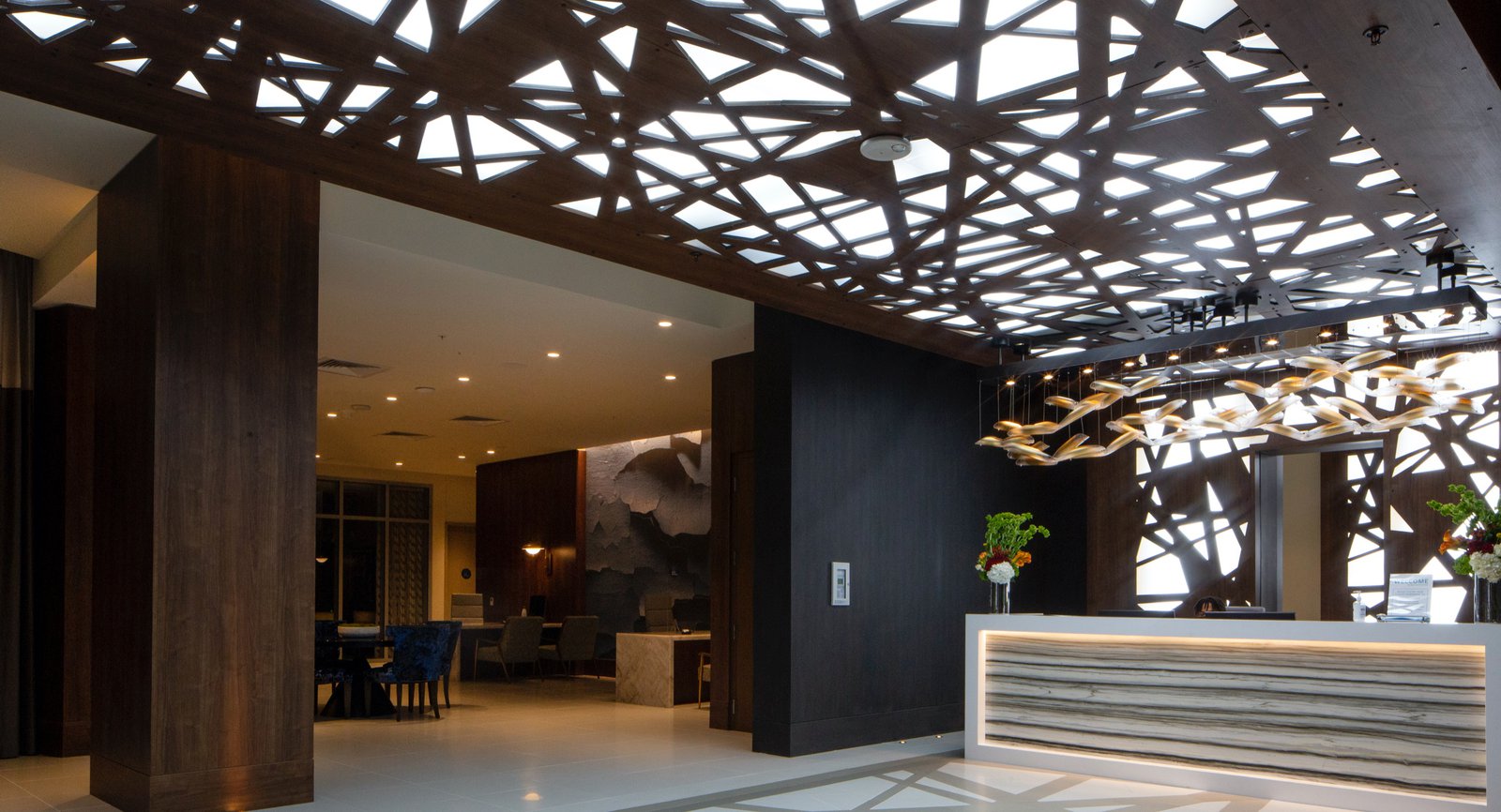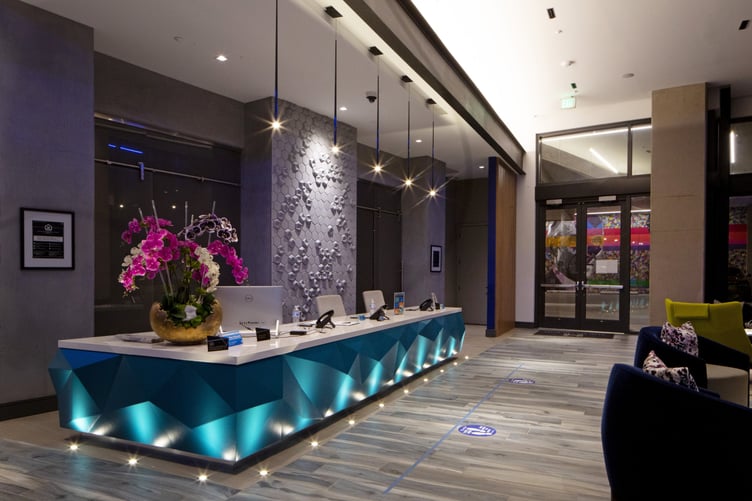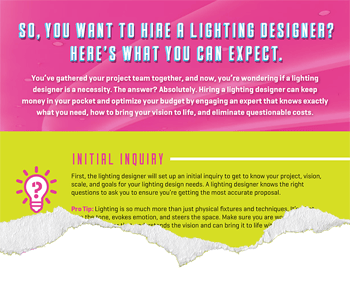(Multi) Family Values
Understanding Value in Multi-family Unit Lighting
Value is the basis for all decisions. It is the internal debate between the cost associated to you and its worth. We continually weigh in on the value of our decisions because we know that there is a cost (pain) for the benefit we want (pleasure). By nature, we usually tend to gravitate toward what pleases us and away from what causes pain. However, in some decisions, we know there will be discomfort, but the benefits we receive in the long-term far outweigh the initial or short-term pain such as going to the gym to work out or eating a healthy diet.
In design and construction, multi-family projects are among the most scrutinized when it comes to defining value. The residential units and corridors usually have hundreds (if not thousands) of fixtures, each analyzed down to the dollar. Condominium buildings, despite a higher price point than apartment buildings, commonly compromise unit lighting quality for the first cost’s sake. A successful designer can create a great feel and beautiful visuals (pleasure) within each project demographic with as little upfront construction costs (pain) as possible.
Value is a word that is often over-used and thrown around during the design and pricing process, and the meaning of the word depends on who you talk to. Lighting designers value creating comfortable, attractive spaces. They are intentional about the space’s purpose – like comfort or exercise – which will determine their lighting/visual needs like limited glare or comfortable light levels. Interior designers have similar values and objectives for the space. Architects value adding drama and attractiveness to the exterior architectural elements. Owners and developers value having the best visual possible for hitting the first cost price point, which dovetails with the rentable cost per unit given the target market and location of the property.
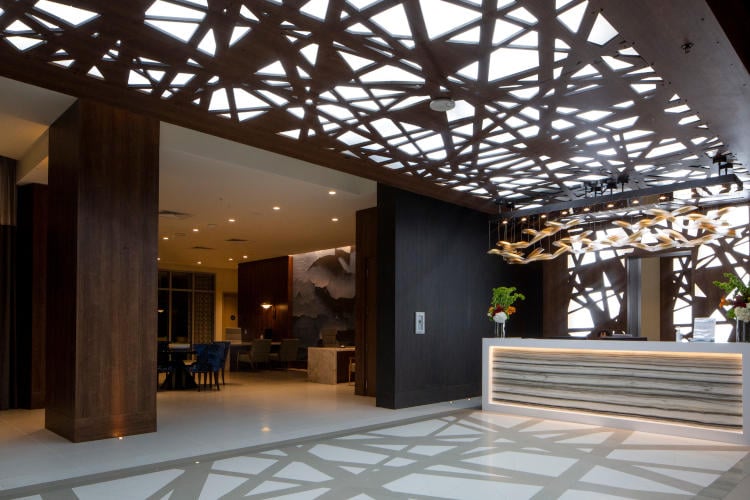
Value engineering is a phrase used on every project to define an attempt to get the same design for less money. True value engineering occurs during the design phase, as with all engineering, because lighting designers do not derive any of their company profit from the sale of construction materials. Once the construction team receives the design, the value engineering should stop since it becomes more of a profit margin effort than a true value-maximizing effort. After the construction contract is awarded, we know that only a portion of the savings is given back to ownership with any value engineering effort. The lighting designer should always be prepared to offer cost reduction measures before the contractor's bid for a Guaranteed Maximum Price GMP. 100% of those dollars go back into the owner's pocket when savings are realized.
To provide maximum value to the customer, several steps must be taken to ensure the correct data can inform decisions. Unfortunately, it’s not uncommon for a lot of smoke and mirrors to be at play so it can be difficult to navigate hard evidence. But first, some basic background information on the supply chain: Manufacturers (M) have agreements with rep agencies (R) to reach the target market. Those rep agencies quote the manufacturer’s price to a distributor (D). The distributor marks up the material and sells it to an electrical contractor (EC), then the contractor marks up the price and sells it to a general contractor (GC). There are many markups in the chain, so managing those margins takes effort and data.
Here are the steps:- Obtain budget numbers from the design team and ownership for lighting fixtures, control systems, and installation. They may not have these numbers, so be prepared to provide them in that void and provide historical data of similar project types to decide a target cost accurately.
- Obtain pricing from the lighting rep for the fixtures - preferably what the distributor will pay for the material, the Distributor Net.
- Add appropriate margins for the trades.
- Share the actual costs with the decision makers. Protect the rep’s private information so you can get those real prices again. Do not share except with the design team and ownership.
- Adjust selections to match the agreed-to-budget numbers.
- Partner with a distributor to get the final and real costs for the gear you want and communicate that with those writing the checks.
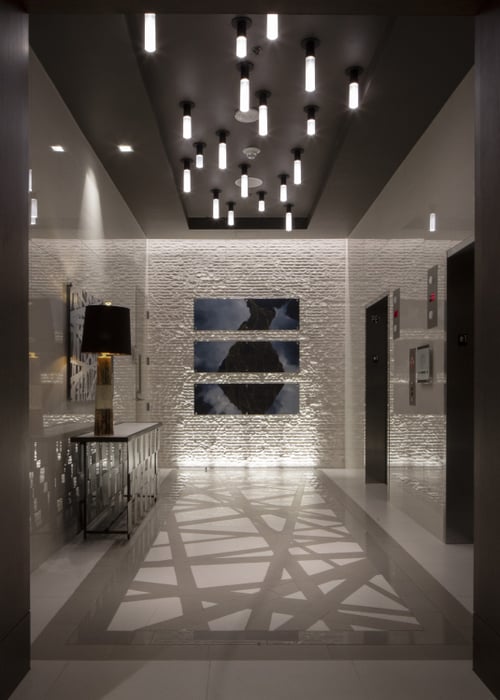
Listening is the most important skill set to understand who the buyer is and the level of design required by the architect, interior designer, and landscape designer (based on the owner’s profitability desires.) Understanding who your client is and what they need within their price point is critical to executing their project successfully.
In the multi-family project world, we are continuously challenged to make magic happen with little money or less money than other projects. And it does happen. Joe Kaplan, world-famous lighting designer, and good friend has said that one is truly a designer when one can make magic happen with the lighting tools at Home Depot. Some spaces deserve a higher level and quality and longevity in the fixtures than what’s available there, but all designs deserve a higher level of ideas and creativity. The skill of an experienced lighting designer will bring creativity to the project at the correct cost.
Throughout your multi-family lighting design project, remember the fastest way to lose (pain) a cool, groovy, and amazing visual (pleasure) is to not know how much it costs.
